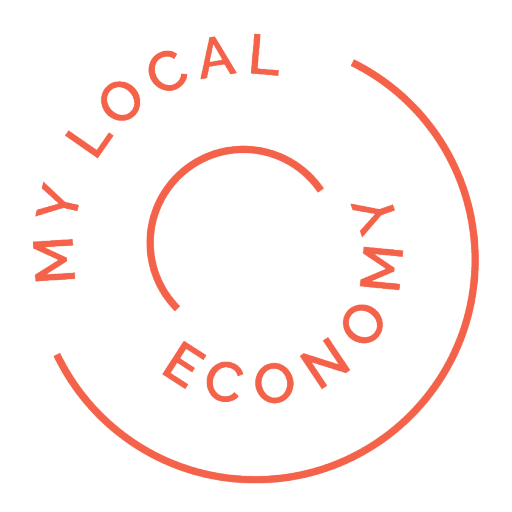No doubt colleagues in local and combined authorities in the UK are busy writing their Local Investment Plans to unlock their shares of the UK Shared Prosperity Fund. And at a frenetic pace, with them due in at the end of July. And local partners and MPs have to be consulted! There’s quite a few challenges – particularly the overall haircut that local economic development budgets are getting with the end of European Funding, and the continual crunch on local authority finances – which have not recovered from austerity and are being further pressurised by fuel price and cost inflation, and are likely to have to increase wages for their workers this year.
There’s also an opportunity to reshape and evolve local economic development practice – as there’s a lot more flexibility on what’s done, and how it’s delivered.
Three ‘formats’ for Local Investment Plans?
I can see three main formats for Local Investment Plans emerging:
1- A broad thematic prospectus asking for partner submissions. The local authority sets out its main strategic aims, and invites submissions from delivery partners. This shares some of the burden of planning and compliance and can ask delivery partners to suggest how they can align with the ‘allowed’ interventions (that don’t require business case approval from DLUHC). An advantage is that this can get quick results. There are a few disadvantages though – that there isn’t the scope to find innovative new ideas; and that gaps in provision may emerge where there aren’t any local providers.
2- The ‘Single Programming Document’ approach. A delivery plan with ambitions, themes and targets that can identify a preferred delivery route, but isn’t specific about who delivers. This is akin to an ERDF single programming document – with priorities, objectives, financial allocations and output targets. e.g. this could be something like Priority 1) enterprise: Objective a) start-ups, and specify a target of ‘250 new start up businesses assisted’. The advantages of this approach – is that it can set the direction of travel, within current economic strategies, and leave some breathing space to sort out delivery arrangements in Autumn. A disadvantage can be that provision can under or over- provide to the specified outputs.
3- The ‘masterplan’ approach – that settles the priorities, delivery routes, who delivers, budget allocations and outputs from the outset. This would be a very fine-grained, detailed plan. In reality its unlikely anyone can produce this in the timescales across the vast range of functions and technical skills and experience required. And in practice, the plans will change as negotiations occur with service providers about costs and deliverables.
I think a mix of these three approaches is likely. Let’s face it, most localities are comfortable with organising delivery in some intervention areas, but not all areas. Some will have good external providers lined up, others maybe not so much. Some politicians might be tempted to seek more competition in awards and finding providers (but in my view there is little time to do that in the 2 and a bit years of UKSPF), whereas others might want the bulk of delivery done in-house.
Common challenges
All Local Investment Plans will face similar challenges:-
a) Prioritisation, and what to cut. There’s just not enough money to keep every service, every grant at the same level as in previous years. So do we cut the advice and information; the grants to businesses; the capital budgets? do we invest more in communities and people (much neglected over the past decade)? do we insist there is a low carbon element to everything?
b) Reasonable targets and VFM. What’s a benchmark cost per business assist or per inward investment enquiry? what’s a reasonable target? How do we assess value?
c) Ensuring impact. What combination of activities will deliver the greatest impact – e.g. on economic growth, inclusion, and climate change? What activities might be marginal in their actual impact or benefit to the local economy and our communities? There are some tough calls ahead – a few noses to be put out of joint. High Street regeneration is going to be fraught with choices – i.e. do we spend £5m on a new town square, or do we spend it on upskilling 500 residents, or on retrofitting 250 homes?
Skills and technical requirements
The more I look into Local Investment Plans, the more they look like investment programmes such as the Single Regeneration Budget, RDA’s Single Pots, or ERDF Single Programming Documents. Personally I would favour an approach like an ERDF Single Programming Document – sets strategic themes, investment priorities and aims, financial allocations and targets. With a local partnership behind it and involved in assessing delivery arrangements.
Guess what? Me and my team – we’ve been involved in all these kinds of investment plans and funding documents.
If you need a hand, someone to review your investment plan, or some advice – do get in touch. We’ve still got a bit of time free until our big break in August (when we’ll be taking the month off).
We have a stock of evaluation evidence at our fingertips, we have cost and impact benchmarks across most areas of intervention. We can offer guidance and help model investment plans to understand the likely cost per activity / output, likely outcomes and economic benefits.
About Glenn
Glenn runs his own consultancy, Mylocaleconomy. We help local leaders translate their economic ambitions into winning advocacy and solutions that get funded. We work all over the UK – from the Highlands of Scotland to Wales, Bristol, Teeside, North East England, Gloucestershire, London, Cambridgeshire and Sussex.
We love challenging assignments, complex opportunities, intractable problems. Our vocation is to help city, region and local economies succeed and for prosperity to be sustainable and shared.
Get in touch via LinkedIn messaging or the contact form on our website.

